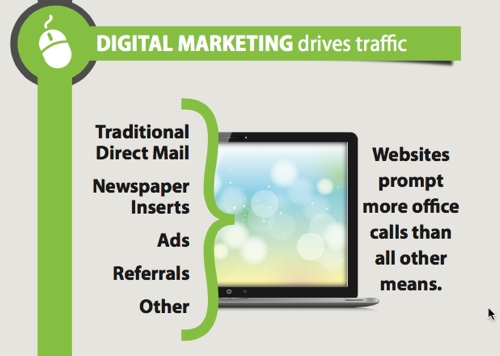Enhancing Understanding: Resolving Auditory Handling Issues In Dyslexia
Enhancing Understanding: Resolving Auditory Handling Issues In Dyslexia
Blog Article
Developed By-Ivey Noble
When you take into consideration the difficulties that dyslexic learners deal with, it's clear that acoustic handling concerns commonly play a considerable function. You may question exactly how tailored strategies can bridge the gap in between auditory instructions and comprehension. By incorporating visual help and damaging tasks right into convenient steps, you could enhance emphasis and understanding. Nevertheless, the services do not quit there. What various other strategies can create a genuinely encouraging understanding setting that cultivates success and self-confidence?
Understanding Dyslexia and Auditory Handling
Dyslexia impacts roughly 1 in 5 individuals, making it one of the most common learning disabilities. If you're browsing dyslexia, you might locate that it does not just influence reading and writing; it can additionally impact exactly how you process acoustic details.
Acoustic handling refers to how your brain translates noises, including language. When you battle with this, it can result in difficulties in understanding talked guidelines and adhering to discussions.
You may observe that you usually misinterpret what you listen to or that it takes much longer for you to respond in conversations. This isn't a reflection of your knowledge; it's a certain problem pertaining to processing auditory signals.
Understanding this link is crucial since it helps clear up why you may master aesthetic jobs while facing difficulties in tasks that depend on acoustic comprehension.
Acknowledging these challenges can empower you. By comprehending Keep Reading of dyslexia and auditory processing, you can better promote for your needs, whether in educational settings or social circumstances.
It's vital to acknowledge these issues so you can look for the best support and methods in the future.
Effective Strategies for Assistance
Browsing the obstacles of acoustic handling can feel frustrating, but there are effective strategies that can help you grow.
By implementing these strategies, you can enhance your learning experience and enhance your capacity to process auditory information.
- ** Use visual aids **: Matching acoustic instructions with aesthetic assistances, like graphes or diagrams, can substantially enhance comprehension.
- ** Break tasks into smaller steps **: Simplifying instructions right into workable portions permits you to concentrate and refine info better.
- ** Practice energetic paying attention **: Participate in workouts that urge you to listen diligently, such as summarizing what you have actually listened to or asking concerns for explanation.
- ** Incorporate innovation **: Use applications or software application developed to help with acoustic handling, such as speech-to-text devices or audiobooks, to strengthen understanding.
Creating Helpful Knowing Atmospheres
Developing a helpful understanding atmosphere is vital for helping individuals with acoustic processing obstacles do well. Beginning by reducing interruptions in your class or finding out room. Use acoustic panels or soft home furnishings to take in sound, which can help students focus much better. Ensure seating plans enable clear sightlines to the instructor and any visual aids.
Next, include clear and concise communication. Speak gradually and make use of easy language, looking for recognizing often. stowell learning to ask questions if they're not sure. Aesthetic aids like charts, diagrams, and written instructions can improve comprehension and retention.
Additionally, cultivate a society of perseverance and understanding among peers. Instruct students about acoustic processing concerns, promoting compassion and support. Group activities can be beneficial; simply make sure that roles are clear and that trainees collaborate to support each other.
Finally, offer regular comments. Celebrate progress and success, regardless of how little. This motivation builds confidence and strengthens the idea that learning is a journey.
Conclusion
In your trip to boost learning for individuals with dyslexia, think about each strategy as a tipping stone throughout a river. By weaving together acoustic and visual aids, damaging tasks right into bite-sized items, and nurturing a helpful setting, you help develop a bridge to understanding. Remember, promoting empathy amongst peers and engaging families can light the course to success. With patience and devotion, you'll equip learners to soar above obstacles, transforming their struggles right into strengths.
